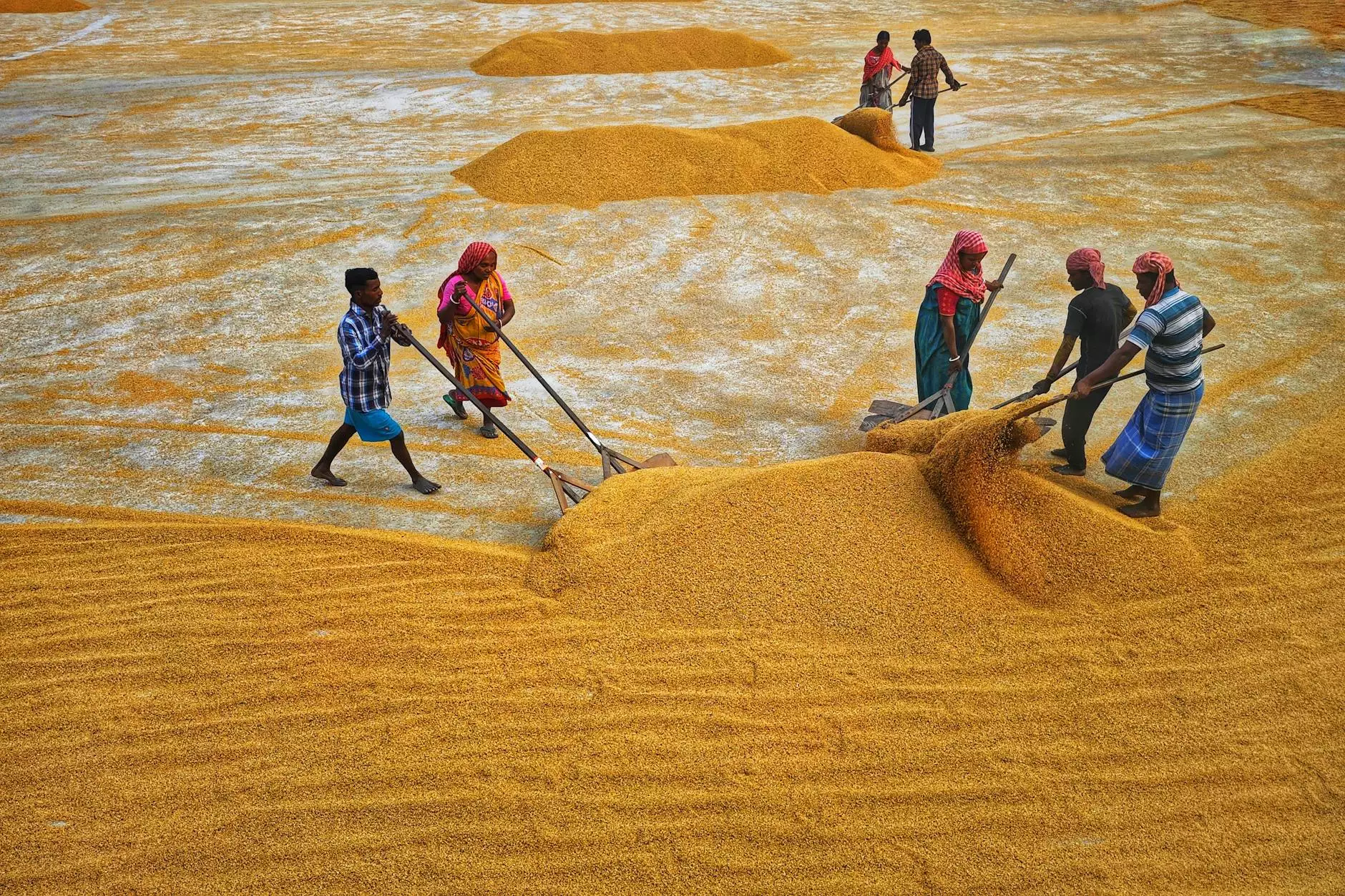Understanding Wheat Drying: What is Dry for Wheat?

Wheat is one of the most critical crops cultivated globally, serving as a staple food for billions of people. The drying process for harvested wheat is essential to ensure its quality, longevity, and marketability. In this article, we will thoroughly explore the significance of this process by answering the question: what is dry for wheat?
The Importance of Dryness in Wheat Harvesting
Moisture content in wheat plays a vital role during and after the harvesting process. The following points highlight why it is essential to achieve the right level of dryness:
- Prevention of Mold and Spoilage: Excess moisture creates an ideal environment for molds and bacteria, leading to spoilage.
- Quality Maintenance: Dry wheat grains are less prone to damage and retain their quality during storage.
- Market Value: The market demands dry grains; higher moisture content can lower the grain's sale price.
What is Considered "Dry" for Wheat?
So, what exactly constitutes "dry" wheat? The acceptable moisture content for wheat varies depending on the type and the intended use. Generally, wheat should have a moisture content of less than 14% to 15% for safe storage and optimal quality. Any level above this invites risks.
Moisture Content Measurement
Farmers and agricultural specialists measure the moisture content of wheat using various techniques. Some popular methods include:
- Grain Moisture Meters: Electronic devices that provide precise moisture readings.
- Handheld Testers: These are more manual options that can offer quick moisture assessments.
- Oven Drying: A laboratory method that involves drying a grain sample to determine its moisture content accurately.
Methods to Achieve Dry Wheat
Achieving the right dryness in wheat is crucial and can be accomplished through several methods:
1. Natural Drying
Natural drying occurs in the field where wheat is harvested. This method relies on environmental factors such as:
- Sunshine: Direct sunlight significantly aids in the moisture evaporation process.
- Wind: Breezy conditions can enhance drying rates.
- Low Humidity: Drier atmospheric conditions help in maintaining low moisture levels.
2. Mechanical Drying
In scenarios where the weather conditions are unsuitable for natural drying, mechanical drying becomes essential:
- Grain Dryers: These are specialized machines designed to circulate air around the grain, efficiently reducing moisture content.
- Hot Air Drying: This method uses heated air to quickly draw moisture out of wheat.
- Continuous Flow Dryers: A highly efficient system that allows for a consistent input of wet grain and simultaneous output of dry grain.
3. Combining Natural and Mechanical Methods
Many farmers use a combination of natural and mechanical drying techniques to ensure optimal results. Field drying is first utilized, followed by mechanical drying as necessary to achieve the desired moisture levels.
Tips for Successful Wheat Drying
To successfully dry wheat, consider implementing the following strategies:
- Timely Harvesting: Harvest wheat when it is close to its ideal moisture level to minimize drying time.
- Monitor Weather Conditions: Keep an eye on the forecast to make informed decisions about when to harvest.
- Regular Testing: Use moisture meters regularly to check the conditions of the wheat as it dries.
- Proper Stacking: When using natural methods, stack wheat properly to promote airflow.
Importance of Equipment in Wheat Drying
Utilizing the right equipment can significantly enhance the drying process:
Farm Equipment Repairs
Farm equipment repairs are crucial to maintaining the efficiency of grain drying machinery. Regular maintenance checks can prevent unforeseen breakdowns that may delay the drying process. Investing in high-quality repair services such as those offered by tsgcinc.com ensures that your equipment remains in top condition, leading to effective drying results.
Investing in Quality Farming Equipment
When investing in farming equipment for drying wheat, farmers should consider:
- Durability: Look for equipment that can withstand continuous use and harsh conditions.
- Efficiency: Choose machines that offer customizable settings to cater to varying moisture levels.
- Cost-Effectiveness: Opt for equipment that provides good returns on investment, minimizing operational costs while maximizing productivity.
Conclusion
Understanding what is dry for wheat is fundamental for successful wheat farming. Achieving an optimal moisture level protects the quality of the wheat, enhances its storage life, and ensures maximum profitability. By employing effective drying methods and maintaining high-quality farming equipment, farmers can significantly improve their yield quality. With continuous investment in practices and machinery, businesses in agriculture can thrive and provide top-notch products to the market.
For more information on farm equipment repair and improved farming equipment, don't hesitate to contact the professionals at tsgcinc.com for assistance tailored to your agricultural needs.



